There are many different varieties of singing Canary. It’s highly unlikely that you will ever find yourself in possession of a bird whose song you don’t like, and even those birds bred for other factors (shape, colour) will produce a lovely sound. It’s still very satisfying to spend some time with the different birds on offer, though, to get an idea of the musical repertoire that lies in store when you bring the bird home.
All male Canaries sing, but it is those bred specifically for song that will deliver the greatest musical performance. The most popular types are the Waterslager, the German Roller, the Russian Singer, the Spanish Timbrado and the American Singer. There are others, such as the Persian Singer, popular in Iran and the Middle East, but these five are the ones that dominate the singing categories in Canary shows across Europe, North America and Australasia.
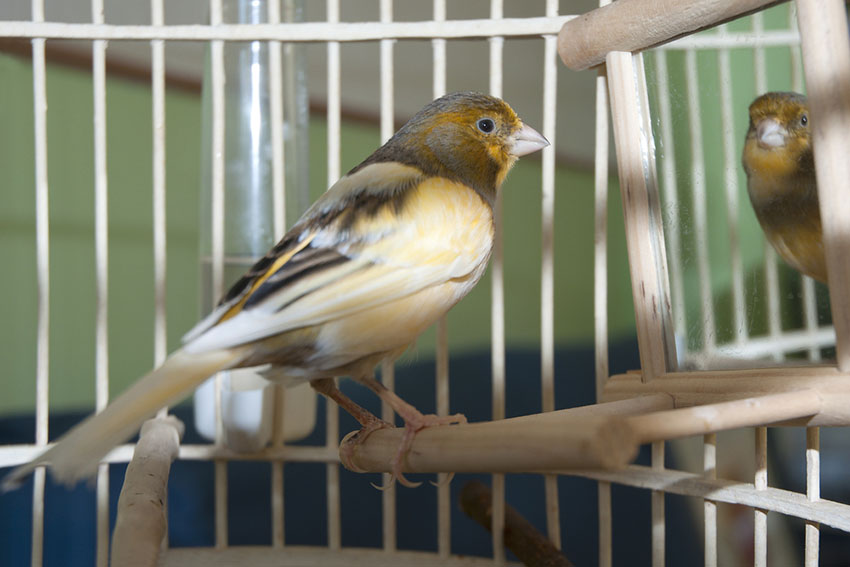
All male Canaries sing, but certain varieties sing better than others
The Harz Roller
Also known as the Harz Mountain, Hartz, Harzer or German Roller, this breed has been around for 300 years, and is considered by many to be the best singer. This is the Canary that conquered the world’s pet bird cages (see the Harz Canaries section, above). Harz Rollers sing quietly, with beaks closed. This unobtrusive approach to song is a key to their success – the birds are musical, but their voices blend into the background rather than shattering the silence. They come in many colour combinations, but most sport a ‘swollen’ looking throat, rather like the thick neck of a trained opera singer!
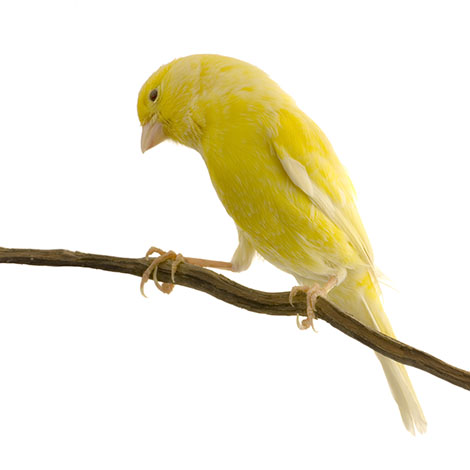
The Harz Roller is the classic songbird
The Waterslager
Developed in Belgium from Harz stock, the Waterslager is named after the watery, bubbling or dripping-water tone of its song, likened to a babbling brook. The bird is able to produce higher and lower notes than any other type. In bird competitions, a Waterslager who is unable to produce these aquatic tones is not considered a true Waterslager, regardless of his ancestry. These Canaries usually sing quietly with their beaks closed, but can also open up and let rip. Canary folklore says they are hard of hearing, hence these bursts of sound, but this is unproven. The birds tend to be yellow, although there are plenty of exceptions to the rule. To confuse matters, the Waterslager is also known as the Water Singer, Belgian Waterslager, Belgian Malinois or Malinois Canary.
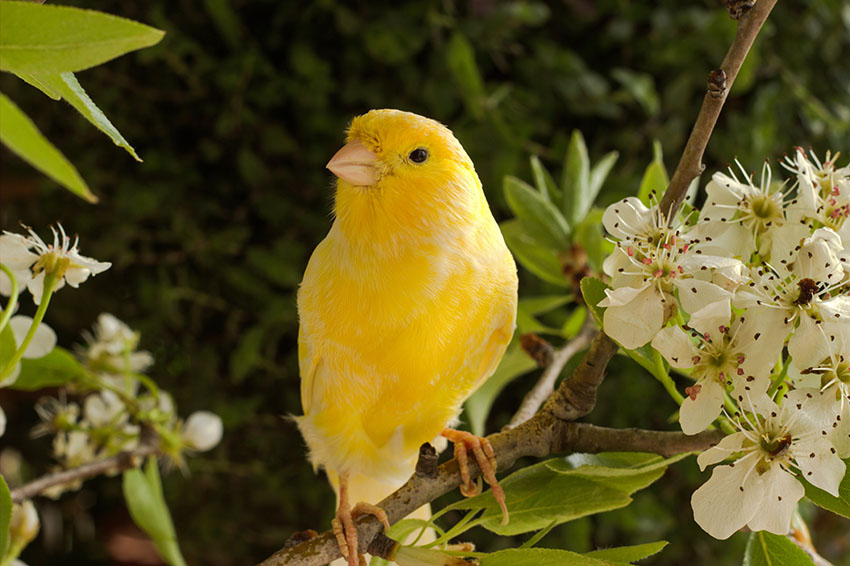
A song like a babbling brook?
The Spanish Timbrado
This is a relative newcomer to the Canary choir, established as a distinct type early in the 20th century. It has the loudest song of all the Canaries, a slightly metallic but pleasingly bell-like warble, consisting of 12 distinct notes. Genetically, the Spanish birds are very close to the wild Canary, and their song is said, by the more imaginative breeder, to contain the music - the ‘timbre’, hence the name - of Spanish castanets. Hens of this type are able to sing, but not quite so impressively as the cocks.
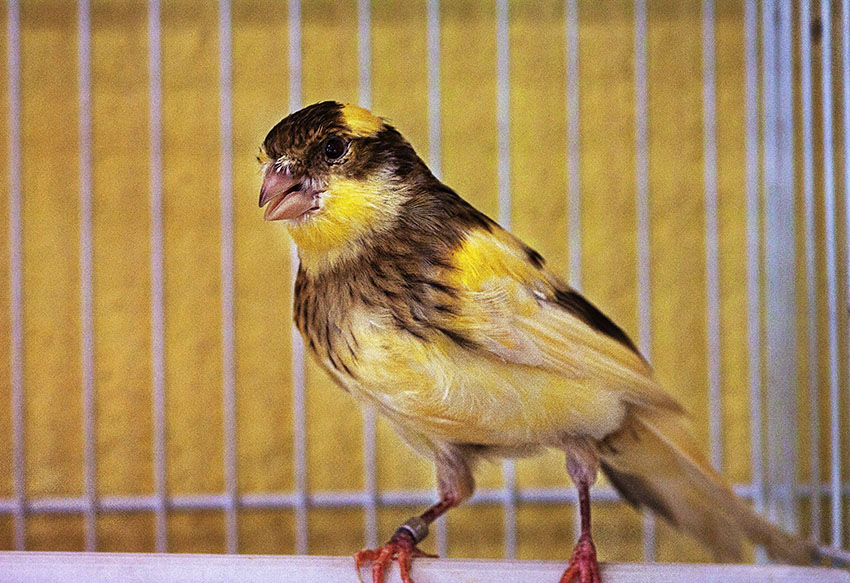
The Timbrado - a song of 12 notes
The American Singer
Another relative newbie, these birds were developed in the USA in the 1930s and 40s, at a time when the popularity of Canaries was rising in that country. It was originally a cross between German Roller and Border Canaries (with a genetic ratio of 3:1), and is now the most commonly kept Canary type in the US. They combine good singing with a sleek body and robust health, making them easy to keep: maximum song, minimum fuss. Reflecting their mixed ancestry, American Singers combine chops and rolls to great effect, giving light and shade to their performance by adjusting the volume up and down.
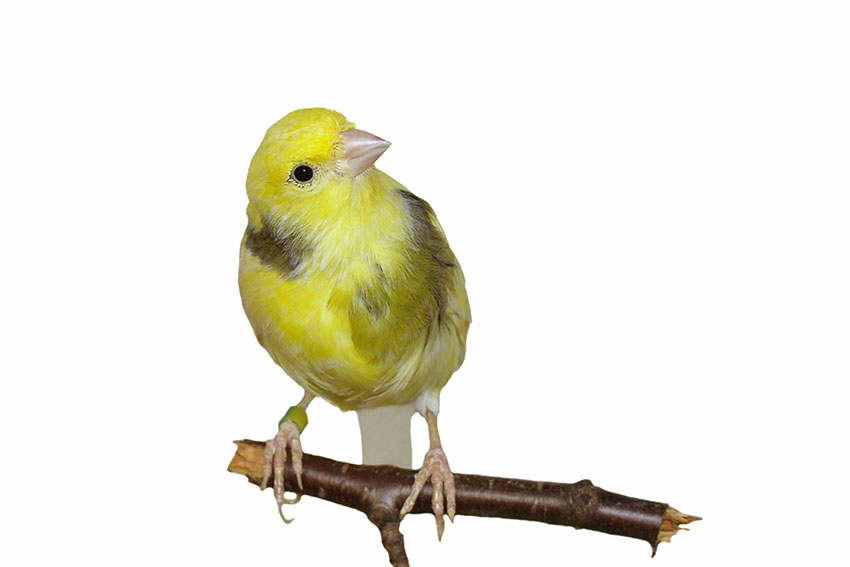
The Great American Songbook - American Singers mix and match their song styles
The Russian Singer
Like the Harz, the Russian Singer has been developed over the past 300 years, the ancestral stock being the same German birds that created the Harz. Russian breeders were particularly taken with the birds’ skills in mimicry, and the Canaries were said to learn and perfect the songs of native species such as the closely-related Siskin, and Corn and Reed buntings. This earned them the nickname ‘Bunting Tuner’. Breeders used native birds, along with voice-softening training aids such as organs and flutes, to develop the Russian Singer’s voice. The voices encouraged by these teaching methods can’t be passed to the next generation, of course, but the usual process of selection and careful breeding has produced a bird open to such training, and with an inherently distinctive voice.


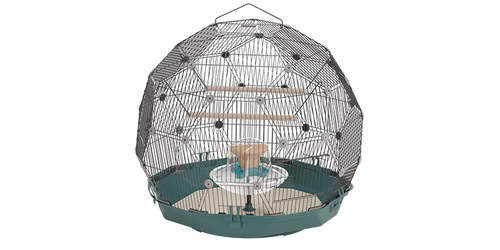
Comments
Gerrie, 18 April 2024
The German roller canary is the best singer Soft and with a closed mouth and easy to breed
Ernest, 21 June 2021
I want to buy a breeding pair of good singing canaries.
Sebastian, 26 May 2020
I love animals especially birds
Ronald, 14 April 2020
I love canerys.iam 76,and want one before i die.My mother had a canery. It sang like hell. I want one.
Paul, 9 April 2020
Looking for a mature pair of singers ,Harz, Russian,Spanish etc.